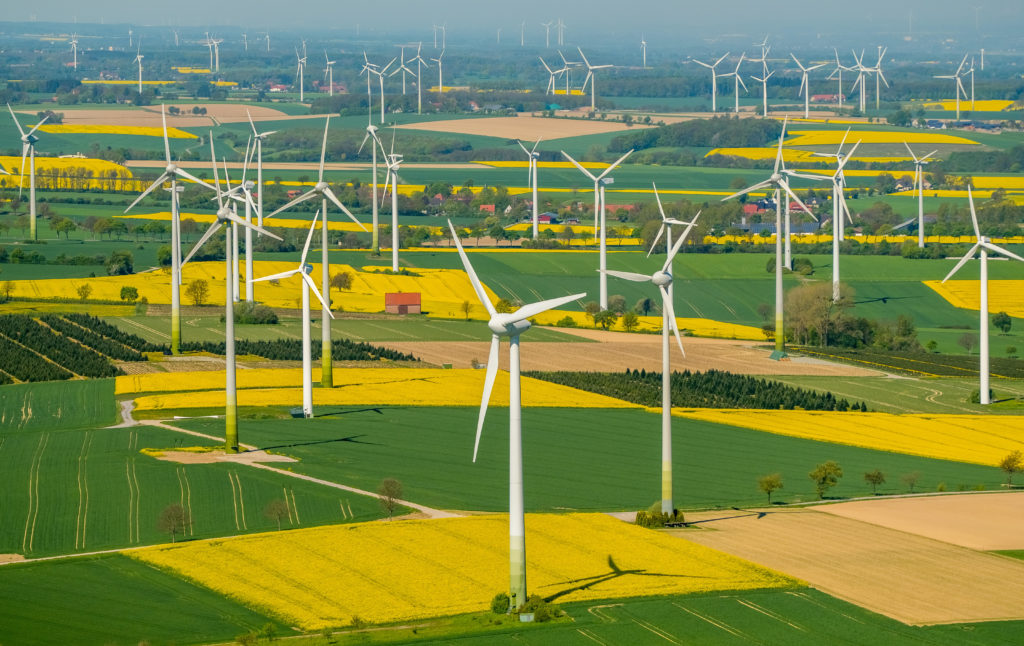NUR-SULTAN
Kazakhstan will have to invest nearly $650 billion in low-carbon technologies to achieve its ambitious goal of carbon neutrality by 2060, Ecology, Geology and Natural Resources Minister Serikkali Brekeshev said.
Kazakhstan’s huge reserves of traditional energy sources, namely cheap coal, oil, and natural gas, are being chipped away every year. Year-on-year, there is a gradual decline among existing fields and sources, despite some recently announced finds. Their extraction requires increasingly significant financial investments, especially if associated with deep offshore oil drilling and complex technologies.
To avoid an eventual economic recession brought about by the decline in hydrocarbon fuel demand and diminishing mineral reserves, Kazakhstan is trying to adapt by tapping into its vast – and potentially hugely lucrative – renewable energy resources.
The sectors requiring the most investment over the next 40 years are the electricity and heat, transportation, mining and manufacturing, housing and utility sectors as well as agriculture, the Astana Times quoted the minister as saying.
Brekeshev said that investments in the coal, oil, and gas production sector were expected to decline due to reduced demand for these resources in the long term.
“The government is already working to attract investment in the renewable energy sector. One of these is investment cooperation with the United Arab Emirates to implement large renewable energy projects in Kazakhstan aimed at reducing CO2 emissions,” he said.
Brekeshev said the transition will also require reforms in the policies of key economic industries, including the introduction of energy efficiency and energy conservation measures.
In October, Kazakhstan and Germany’s Svevind signed a road map to develop a major green hydrogen project in the country’s steppe, which aims to produce two million tonnes of green hydrogen every year.
Svevind will install wind and solar farms with a total capacity of 30-45 gigawatts (GW) in mainly steppe areas in western and central Kazakhstan. The green electricity will feed 30 GW of electrolysers. The green hydrogen can either be exported directly to the ever-growing Eurasian markets or used locally to produce high-value green products, like ammonia, steel or aluminium.
The overall development, engineering, procurement and financing phases are expected to take about three to five years. Construction and commissioning phases will take about five years.
In July, Eni, an Italian multinational oil and gas company, and Kazakhstan’s state-owned KazMunayGaz agreed to develop more renewable, hydrogen and bio-feedstock projects in the Central Asian country, strengthening and widening their partnership to the energy transition scope.
Eni launched its first renewables project in Kazakhstan in 2020 through the 48-megawatt Badamsha wind farm, located in the Aktobe region, with an annual power generation of about 195 gigawatt-hours and an overall CO2 saving of 172,000 tonnes per year. The company is now executing the second phase of the project, with 48 megawatts of additional capacity.
In March 2021, Eni also inaugurated the construction of a 50-megawatt photovoltaic plant in the south of Kazakhstan.
In addition, Kazakhstan said earlier this year that it planned to develop alternative energy sources in 10 cities across the Central Asian country to contribute to energy transition and decarbonisation.

